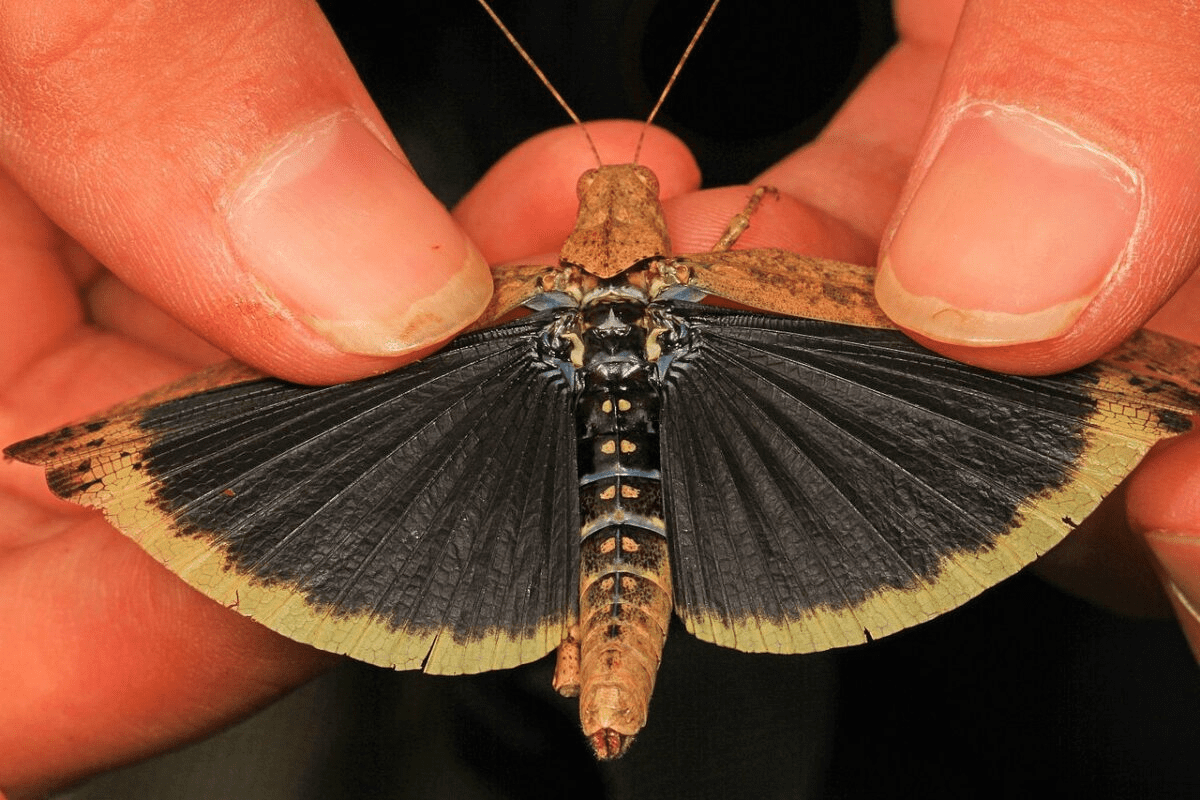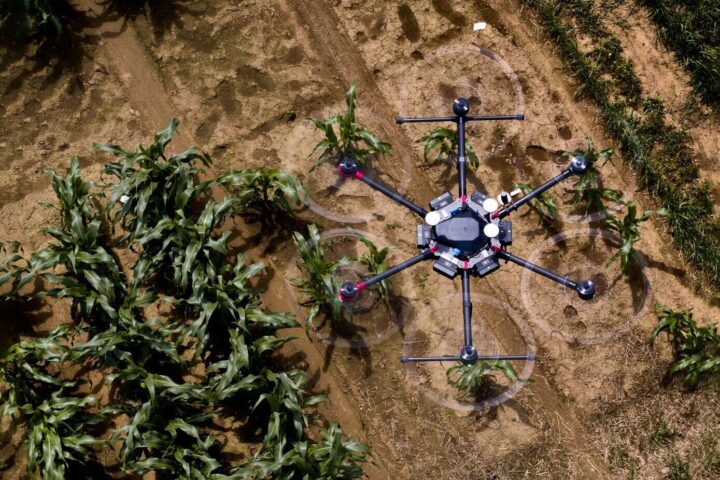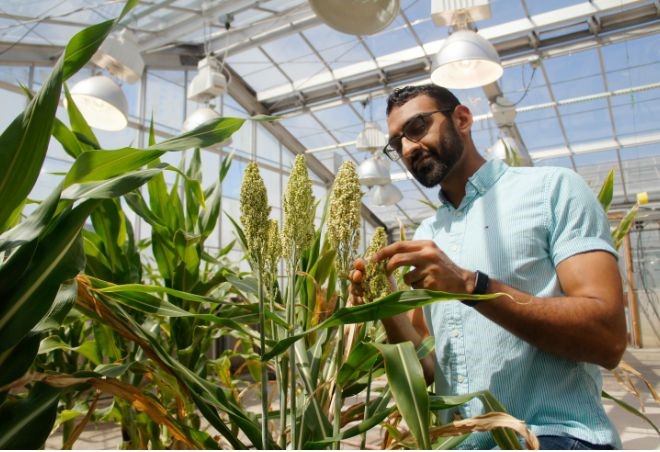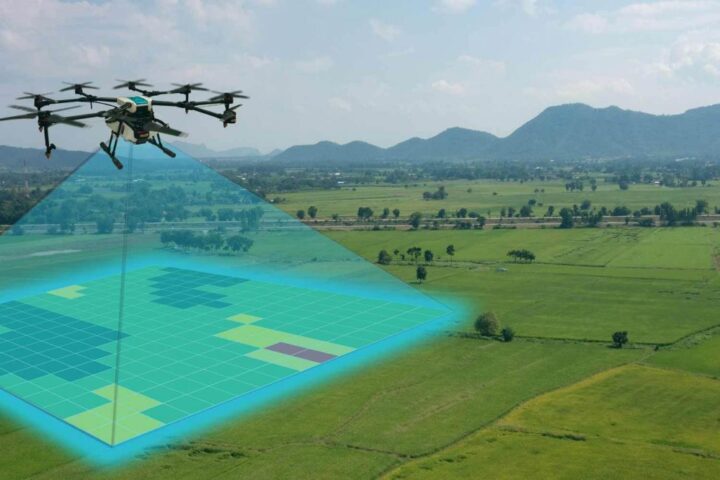A plan to use pesticides near the Rio Arriba in Northern Mexico was rescinded by federal land managers to control invasive grasshopper. The decision was reversed by the Bureau of Land Management(BLM) after environmentalists voiced concerns over potential collateral damage to the ecosystem. Carbaryl, the pesticide, is a potent neurological toxin that, while effective against grasshoppers, could also negatively impact bees, monarch butterflies, and other critical insects. The BLM found that more analysis and outreach were required, despite an earlier environmental assessment by the US Agriculture Department. The canceled project was initially intended to disperse 670 gallons of carbaryl over a 39-square-mile area in Rio Arriba County.
The grasshopper infestation, threatening not only cattle grazing but also the local ecosystem, had reached levels considered a severe outbreak by the US Agriculture Department. Far exceeding the eight per yard considered a risk to rangeland ecosystems, surveys reported that the area was seeing an average of 35 grasshoppers per square yard. Warning about widespread harm to the ecosystem, groups such as the Xerces Society contested the use of pesticides. As the chemical carbaryl has been found to be carcinogenic, critics of the plan also pointed out the human health risks. Aimee Code, Xerces’ pesticide director, agreed that the agencies’ original action was to assist ranchers but stressed that a more inclusive solution needed to be found. Federal officials had considered no-spray buffers near water bodies and riparian areas, but fears persisted that the pesticide would drift into these protected regions.
Terry Sloan, from Southwest Native Cultures, expressed concerns about the potential contamination of the Rio Chama and its potential downstream effects. A pause has been announced on the project by the BLM to conduct further environmental analysis and community outreach. Pamela Mathis, BLM’s Taos field manager, confirmed that the project will not proceed this season due to the time required for further analysis. The BLM’s plan is to continue collaborating with the US Department of Agriculture’s Animal and Plant Health Inspection Service (APHIS) on this issue. The BLM and local agricultural stakeholders created the original plan in November 2022 to address the grasshopper infestation. This decision is underpinned by the BLM’s mission to sustain the health, diversity, and productivity of America’s public lands.
Similar Post
The APHIS had initially carried out an environmental analysis following the National Environmental Policy Act guidelines, which found no significant impact. Despite this, the BLM found it necessary to conduct additional analysis before green-lighting the project. This turn of events represents a win for those prioritizing ecosystem health, such as Indigenous communities, environmentalists, and recreationalists who use the area. A careful balance between agricultural needs, environmental concerns, and human health risks will be required for future efforts to control the grasshopper population. The BLM has demonstrated a commitment to transparency and thorough analysis in its decision-making process. What alternative methods will be considered for grasshopper control in Rio Arriba County remain to be seen. The ripple effects of the decision may influence future pest control efforts, sparking greater emphasis on environmental protection and holistic solutions.


















